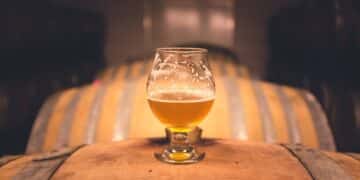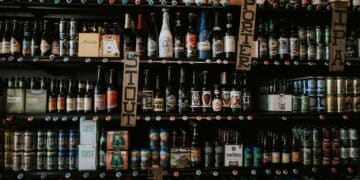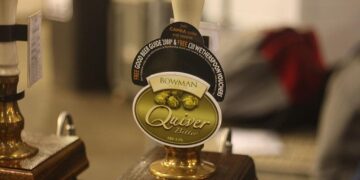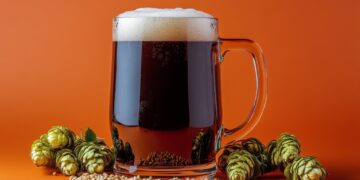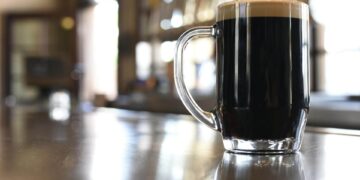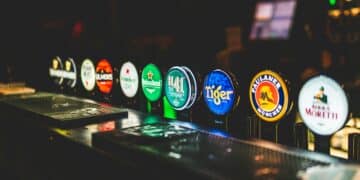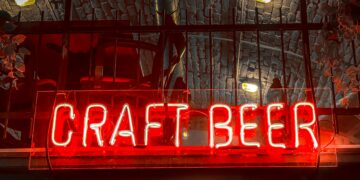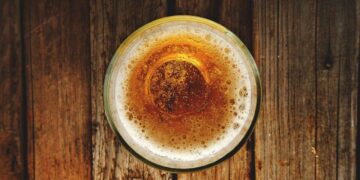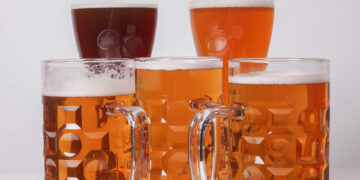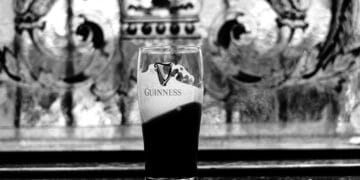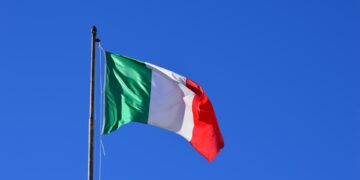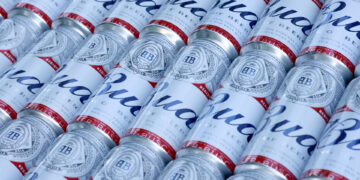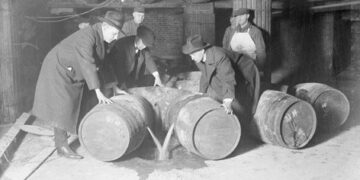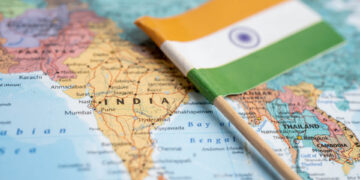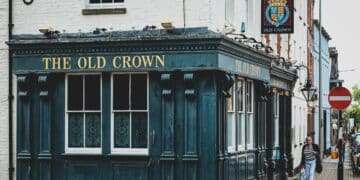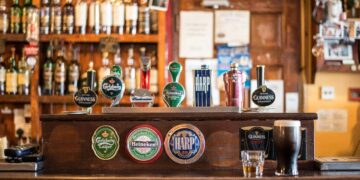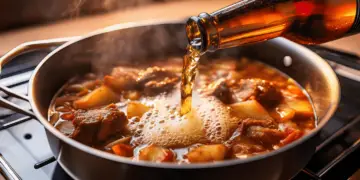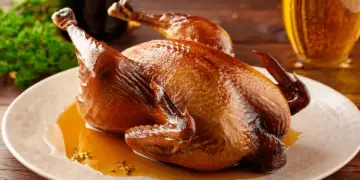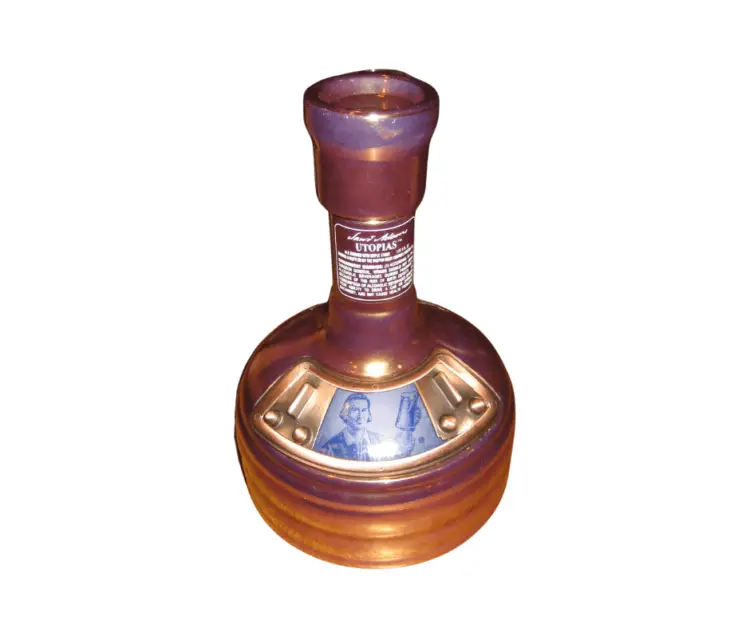Impressing prospective family members or business partners by clicking your fingers and ordering a Jeroboam or a Methuselah may be a distant memory thanks to the effects of a credit crunch. But for those lucky souls whose plastic can still punch above its weight when it comes to the drinks menu, the good news is that these extravagant bottles (Jeroboam is three litres; Methuselah, six litres) are not the preserve of French sparkling wine producers.
Take that devilish blond from the Low Countries, Duvel. This Belgian produced premium product already delivers in a 33cl bottle, but producer Duvel Moortgat obviously thinks that good things don’t have to always come in small packages, hence its reason for offering the beer in much larger sized units. Even if you restrict yourself to a mere Magnum (1.5 litres), it is refreshing to know that the days when the grain was expected to doff its cap to the grape are long gone.
Quality End Of The Market
Of course, this is old news for the brewing industry, which realised a number of years ago that in order to survive, its ability to produce “high-end” products that would increase customer satisfaction while reaching out to a new audience in awe of wines perceived sophistication was the way forward. For those producers already operating at the quality end of the market, it was a case of refining both marketing and packaging to deliver the message: after all, in order to get the image conscious consumer to discover how good a beer was, you needed to entice them into buying a bottle. For beer purists, all this may have sounded a little distasteful, but the realities of the marketplace meant that if the brewing industry wasn’t going to go under in the face of a tidal wave of wine consumption, then it needed to get real, and pretty quickly.
So whether one walks into a high-end bar, or simply wanders down the beverage aisle in the company of a supermarket shopping trolley, the messages being shouted down from the glossy packaging are unmistakable: (Hey, over here! We’re young, vibrant, sexy,” shout the blonds, while the darker beers prefer the more understated approach, to reflect the gravitas that goes with wisdom and tradition.)
Multi-National Nature Of The Challenge
The beer section also reflects the truly multi-national nature of the challenge. There are beers and ales from northern, southern and eastern Europe, micro-brewery offerings from the United States, as well as bottles from Central and South America.
Status is a controversial and ultimately subjective term for beer drinkers, depending upon taste. Pilsner drinkers may turn their nose up at a fruit beer that comes with a fantastic reputation; similarly lovers of stout may not fancy a trappist offering. But for those whose eyes light up at the mere mention of a Methusalah, then the $100-plus price tag that hangs around the neck of what is reputed to be the world’s most expensive beer, Samuel Adams Utopias, may be what they are looking for in terms of status.
Such high-end consumers may be disappointed to learn that it is produced in a limited edition, but should they be lucky enough to get their hands on one of the distinctive, brew-kettle shaped bottles, they’ll discover a non-carbonated golden liquid with maple and vanilla flavours. And even if the price tag isn’t enough to give them a hangover, then its ABV (alcohol by volume) of 27% may well do. No wonder it is marketed by its Boston-based producer as an “extreme beer”.






